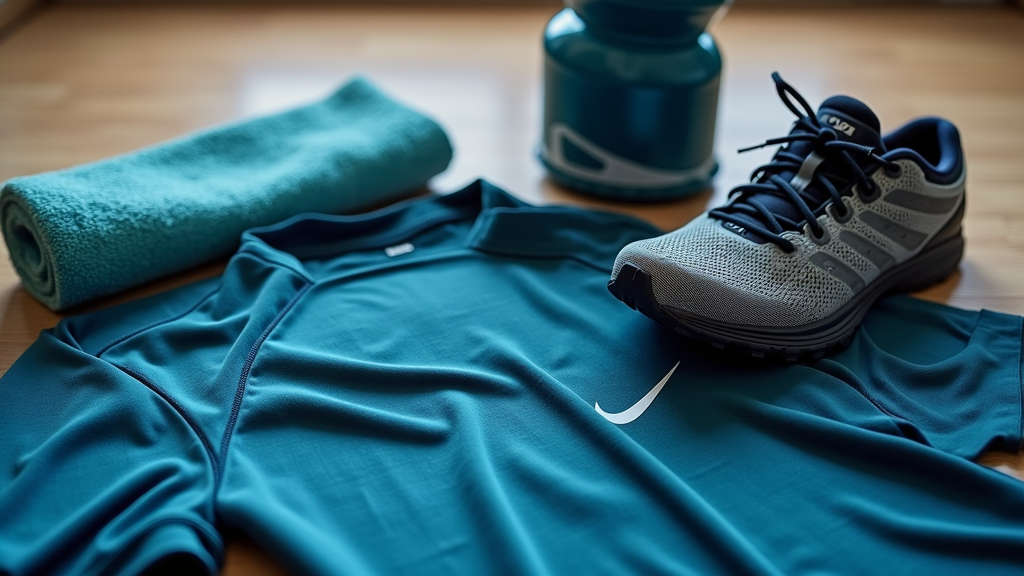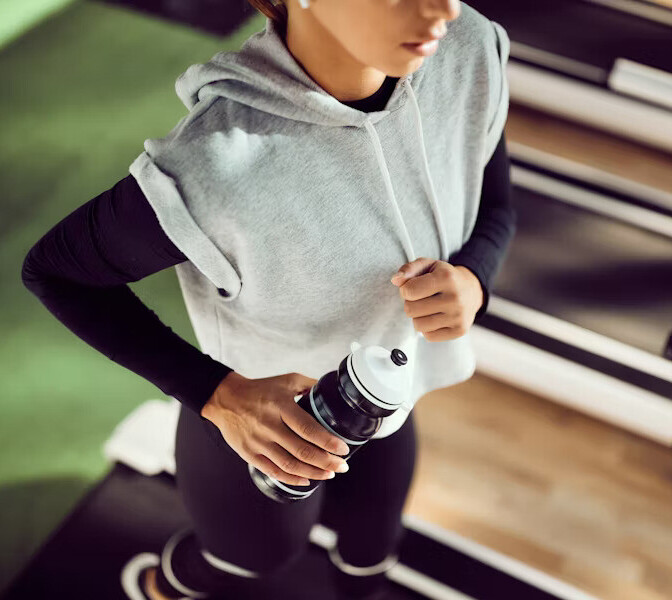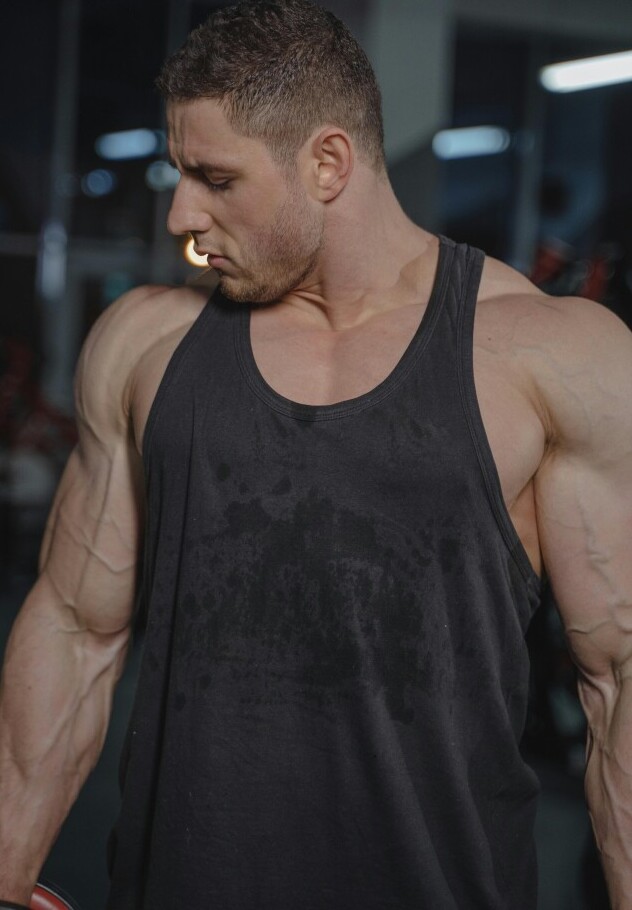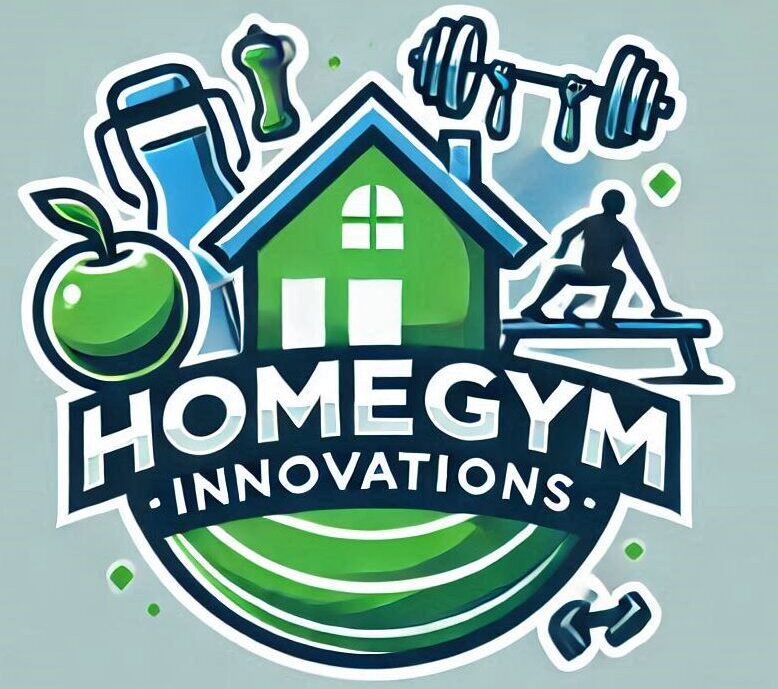Sweat-Tested Gear is gear that’s been put through actual workouts, running trails, hot yoga, CrossFit WODs, or any sweaty activity that really stretches fabrics and construction. I get how overwhelming it feels trying to pick clothing and accessories that don’t tap out halfway through a tough session, especially when bold product claims don’t always match up to reality. My aim here is to break down what Sweat-Tested Gear is all about, explain why it’s worth your attention, and help you make wise choices for your next training session or adventure.

Why Sweat-Tested Gear Matters for Everyday Athletes
When you push yourself in workouts, whether lifting, running, cycling, or climbing, it’s about more than reps and sets. The shirts, shorts, socks, and accessories you choose can either keep you comfortable and dry or leave you chafed, frustrated, and distracted. There’s real value in putting to work gear that’s been tested by real athletes and fitness enthusiasts, not just lab settings.
Sportswear tech has seriously stepped up in recent years, with materials focused on moisture management, speedy drying, and even odor resistance. Market research shows that demand for high-performance textiles has steadily grown as more people prioritize fitness, wanting gear they can count on. Brands have responded, but not always in ways that translate to the best experiences for everyone. That’s why feedback from people who’ve actually sweat-tested products is incredibly useful for spotting pieces that truly hold up.
But Sweat-Tested Gear isn’t just about being tough. Fit, feel, and function all count. You need gear that works with your body while you’re pushing it, not against it. After years hopping between brands, fabrics, and cuts, I can tell you that gear built to handle tough conditions is the difference between a session that feels next-level cool and one where you can’t wait to peel everything off.

What Makes Gear “Sweat-Tested”?
Not every gym tank or pair of leggings is up to the challenge. A tank that flatters in the mirror might sag when drenched, and some socks might start out plush but turn into soggy messes the minute you pick up the pace. When I call something sweat-tested, I mean it’s been put through genuine workouts with actual sweat and stress, then reviewed honestly by people who care about athletic comfort and long-term value. Here’s what typically gets a once-over:
- Moisture-wicking ability: Does the fabric pull sweat away from skin and dry fast?
- No chafe spots: Are seams, cuffs, and waists mapped and designed to avoid rubbing, even if you’re running, cycling, or burpeeing?
- Odor control: Do anti-microbial or odor-resistant spins stay effective after lots of washes and long-term use?
- Fit through movement: Does the gear stay put (no riding up or sagging) for squats, sprints, or twists?
- Quality construction: Do zippers, snaps, and elastics stick around, or do they fail after just a few wears?
Gear that passes these real sweat tests wins a spot in my workout rotation. Reviews from other active folks are way more helpful when they spell out how gear did on these important points.
How to Choose Sweat-Tested Gear That Works for You
Picking the right gear can mean some trial and error, but there are ways to make things easier. I follow a few key rules that have served me well for all kinds of sports and activity levels:
- Know your activity: Meshy shirts might rock for HIIT but be too breezy for chilly morning runs. Reflective strips matter more for night running than gym work. Picking gear to match real usage and conditions saves time and frustration.
- Read real user reviews: Sites like REI, Backcountry, or even fitness Reddit threads are gold mines for gear with honest feedback. Zero in on reviewers who share your activities and climates for the most relevant advice.
- Look for performance certifications or independent testing: Some brands team up with labs or athlete partners to put a number on sweat-wicking power and toughness. These don’t tell the whole story, but they add extra confidence.
- Try on before you buy if it’s an option: Fit-testing in a store lets you check fabric feel, seam spots, and stretch. If you shop online, look for stores with easy return options.
Finding gear that works for your unique body is a real game changer. I’ve had brand names that nailed it for my friends but felt wrong for me. Sometimes, the smaller or niche brands truly bring something special, so don’t be afraid to check out the underdogs.

Popular Sweat-Tested Gear Categories
Some pieces can make or break a workout. Here are a few sweat-tested areas I always watch:
Moisturewicking Tops
If you run, lift, or flow through yoga, tops that move sweat away quickly can feel like magic. Synthetic blends or merino wool fibers stay popular. Flatlock seams cut down chafing, and tagless collars add comfort. Loads of brands add subtle mesh zones under arms or down the spine—great for hot days or long miles.
Supportive Sports Bras
For women, this can be the ultimate dealbreaker. Hunt for adjustable straps and wide bands that let you breathe but still hold tight—especially if you’re mixing up sprints or plyo moves. Candid reviews are super helpful, since fit varies widely.
Running and Training Shorts
Pockets that don’t bounce, comfortable liners, and chafe-free fabrics make shorts go from tolerable to awesome. I go for longer inseams and soft, stretchy waists, plus quickdrying fabric. Some even come with anti-ride silicone grips, a huge plus for runners tackling hills or cyclists chasing distance.
Socks
Easy to overlook until you’re hobbling home with blisters. Technical materials wick moisture, hug the arch, and offer compression where needed. Seamless toes and reinforced heels mean they’ll stay comfy for the long haul.
Accessories (Hats, Headbands, Gloves)
Lightweight hats, sweatbands, and running gloves with moisture control can switch things up when conditions change. Look for breathable fabrics and smart venting to keep things comfortable even as the effort ramps up.
Issues That Pop Up With Athletic Gear (and How to Spot Them)
Even when a shirt or pair of tights is tagged “performance,” it might flop in real life. Some common pitfalls I’ve run into include: a “no stink” tee that lasted ten minutes (barely), or expensive leggings that turned see-through the first squat. Here are problem spots I’ve learned to look for:
- Pilling & fabric wear: Soft, light fabrics may feel great at first but can pill or thin after washes. Go for pieces that can handle a normal laundry cycle.
- Heat retention: Some moisturewicking shirts still trap heat. That can be handy for cold workouts, but not so much when things heat up. Look for ones built for your weather.
- Scratchy seams: Some brands use heavy stitching that ends up rubbing and irritating. Try out the stretch and check reviews for notes on comfort.
- Long-term odor: Sweat can stick, especially if it’s not washed out right away. Sometimes, even so-called odorfighting tech wears off. Pay attention to honest reviews on this.
How to Care for Sweat-Tested Gear
Good laundry habits are key to extending gear life. I always wash activewear in cold water and air dry when possible. Avoid fabric softeners, as they can clog moisture channels. Now and then, a specialty sports detergent tackles odor that regular stuff can’t touch.
Frequently Asked Questions
Here are questions I often get about Sweat-Tested Gear and caring for athletic wear:
Question: What fabric works best for intense, sweaty workouts?
Answer: Technical fibers like polyester or nylon blends come out on top for sweat control. Merino wool is a surprise all-star, particularly for smells.
Question: Is sweat-tested gear just for elite athletes?
Answer: No way. Anyone who moves—whether walking, jogging, or training for a marathon—can gain from gear built for real-world sweat and stress.
Question: How long does sweat-tested gear typically last?
Answer: It depends how hard you push and how you care for your stuff. Once the wicking power drops, seams sag, or odors stubbornly stick, it’s time for an update.
Eye-Catching Features Worth Tracking Down in Sweat-Tested Gear
The latest fabrics now sport clever extras like built-in SPF, reflective threads for night runs, or silver fiber for odor control. Handy features such as phone-sized pockets, hidden key slots, and headphone loops can add real convenience. I’m always happy to spot ecofriendly gear—recycled fabrics and cleaner production practices are now more robust and long-lasting than ever.
Trying new workout gear should feel fun, not overwhelming. By tuning into real feedback, focusing on solid fit, and picking for activities you actually do, you can build a workout wardrobe you’ll love, no matter how sweaty life gets. Wrapping up, Sweat-Tested Gear is all about smart choices that keep your focus on your fitness, not on what you’re wearing.
Thanks for checking this post out feel free to to leave a comment, ask questions and be sure to look on the other posts for everything fitness.
